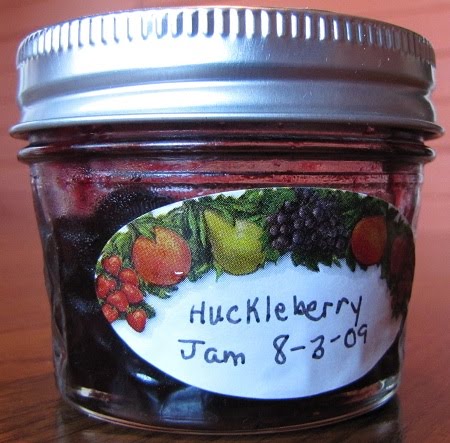Not only is Wisdom, Montana one of the coldest places in the country, it is also the place of one of the most tragic battles this country has ever seen, the Battle of Big Hole.
Each day, my husband David checks the weather forecast around the country. He checks the temperatures in Anchorage, Boise, New Orleans, Kansas City, and Little Rock. With family spread all over the country and these cities being nearest them, we get a general idea of what the day will be like in their neck of the woods. He then proceeds to tell me the country’s extreme highs and lows. “Wisdom has got it again,” he often says. He relishes the fact that Wisdom, which is only about 295 miles south of us as the crow flies, has the nippiest overnight temperatures. “It’s 24 degrees,” he adds with glee, “and it’s the middle of summer.” You have to understand that we come from a hot and hellish climate in the south to fully appreciate his delight. And now for the rest of the story.
The Nez Perce, a peaceful tribe of the Pacific Northwest had befriended explorers Meriwether Lewis and William Clark. Later, they were friendly with white settlers who began to move into their territory around the Snake River which in present day terms is near the borders of Oregon, Washington, and Idaho. When hordes of settlers came, most of them cooperated with the United States government when asked to move to a reservation. But, about a quarter of them refused. This caused a conflict between the Nez Perce and the U.S. government which led to the outbreak of the Nez Perce War of 1877. A small band of 145 warriors along with approximately 500 others of which were women, children and other non-combatants, fought the United States in four major battles. The Battle of Big Hole near the Big Hole River in Montana was the third such battle. The Nez Perce were fleeing eastward hoping to make their way to Canada when they were attacked while they slept. On August 9, 1877 at 3:30 a.m., Colonel John Gibson and 183 soldiers rampaged the Nez Perce camp in the Big Hole Basin near Wisdom. Casualties were serious on both sides with the Nez Perce losing mostly women and children. The warriors counter-attacked, but withdrew four days later. The Nez Perce that were able to escape continued to head to Canada. Two months later, in October, another battle took place that devastated the Nez Perce. It was in the Bear Paw Mountains of Montana less than 40 miles south of Canada. The Nez Perce gave up and agreed to go to the reservation. The last battle of the Nez Perce is remembered in popular history by the eloquent and sad words attributed to Chief Joseph at the formal surrender.
“Tell General Howard I know his heart. What he told me before, I have it in my heart. I am tired of fighting. Our chiefs are killed; Looking Glass is dead, Too-hul-hul-sote is dead. The old men are all dead. It is the young men who say yes or no. He who led on the young men is dead. It is cold, and we have no blankets; the little children are freezing to death. My people, some of them, have run away to the hills, and have no blankets, no food. No one knows where they are—perhaps freezing to death. I want to have time to look for my children, and see how many of them I can find. Maybe I shall find them among the dead. Hear me, my chiefs! I am tired; my heart is sick and sad. From where the sun now stands, I will fight no more forever.”
“War? What is it good for? Absolutely nothing.” ~ taken from the 1969 anti-war song by Edwin Starr.
*************************************************************





2 thoughts on “Wisdom, Montana – A Cold Place and the Battle of Big Hole”